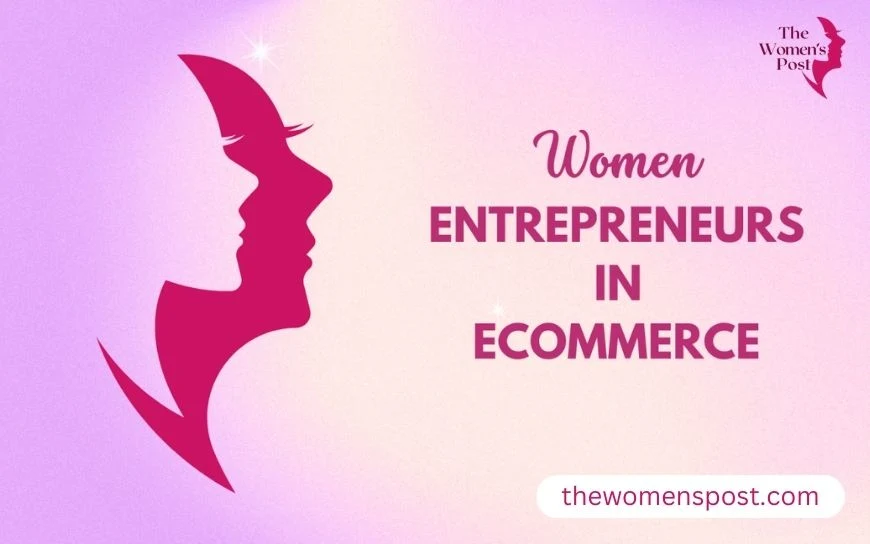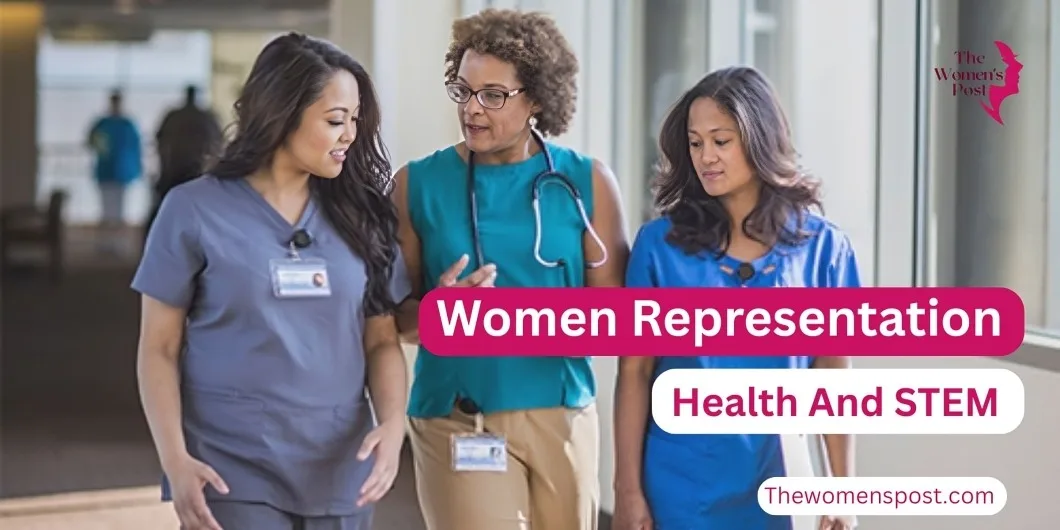An Introduction
Why Women’s Participation Matters
Imagine a society in which half of the talents of the population are underused in disciplines influencing our future. For women engaged in health research and STEM (science, technology, engineering, and mathematics), that is their reality. From life-saving medications to innovative technologies, these fields inspire creativity; yet, women in health and STEM are often excluded or subject to obstacles to success. Promoting women’s participation in STEM and health research goes beyond mere fairness; it’s about releasing many ideas to address significant challenges.
The present level of women’s participation, the difficulties they encounter, who these women are—their age, location, and education—as well as what is being done to foster gender equality in STEM fields so building a more inclusive future. It also addresses five often asked questions to clarify this important matter.
Present Situation Regarding Women’s Representation
Current Statistics on Women in STEM
The statistics quite clearly show that women in STEM and health are underrepresented. Though only 27% of STEM workers, women account for 48% of the workforce in the United States—a notable increase from 8% in 1970 but still far from equal. In particular disciplines, the difference is even more pronounced:
|
STEM Field |
Percentage of Women 2019 |
|
Engineering |
15% |
| Computer Science |
25% |
|
Life Sciences |
45% |
| Social Sciences |
64% |
| Math |
47% |
Also Read: Not Just a Hashtag: The Real Fight for Disabled Feminist Visibility
Global and Health Research Gaps
With no improvement over the past ten years, women in health and STEM make just 28% of the STEM workforce globally and account for 35% of STEM graduates. Though they account for 51% of the U.S. population, women in health are also underrepresented as participants in clinical trials in health research; in studies for cancer, cardiovascular disease, and psychiatric disorders, their proportion is ~40%. With data sometimes failing to account for both sex and race, women of colour experience even more underrepresentation. Equitable results depend on addressing gender gaps in STEM and health research.
Women in STEM and Health Research Demographics
Age Demographics
- Age: Men in the U.S. federal STEM workforce have average age of 47.4; women in health and STEM average 45.5 years old. Field-wise, ages range: science (44.89 years), technology (49.74 years), engineering (42.68 years), and math (43.54 years).
Geographic Distribution
- Location: While there is little information on geographic distribution, in the United States women in health and STEM are dispersed among federal agencies without any particular regional breakdown. Women’s involvement varies worldwide; higher in some Arab nations (e.g., Syria, Tunisia) where over 40% of STEM graduates are women, but lower in countries like Chile and Switzerland. In Latin America, women in health-related disciplines like Botany exhibit equal publishing rates to men in nations like Argentina and Brazil.
Educational Attainment
- Education: Though they are less likely to seek postgraduate STEM degrees, women earn the most undergraduate and advanced degrees overall. Comparatively to higher shares in biology and social sciences, just 21% of engineering majors and 19% of computer science majors are women. Starting with motivating more women to pursue these advanced degrees, increasing women’s involvement in scientific research follows.
Also Read: Food Sustainability Leader Changing Food Systems: Iseult Ward
Obstacles Women Face
Key Challenges in STEM and Health Research
Women in STEM and health have several obstacles that complicate their entrance and stay in these domains:
Gender Discrimination and Stereotypes
- Gender Discrimination and Stereotypes: Stereotypes that these disciplines are “for men” discourage girls from pursuing STEM from a young age. Teachers may unintentionally give boys in math and science preference, so affecting girls’ confidence.
Work-Life Balance
- Work-Life Balance: STEM professions, particularly in academia, demand long hours and travel, which can conflict with caregiving duties often falling to women in health and STEM. Complicating matters is the “two-body problem,” in which both spouses have demanding jobs.
Lack of Mentoring and Role Models
- Lack of Mentoring and Role Models: Aspiring female scientists have limited access to mentors who can direct their careers, with less women in leadership—e.g., just 18% of cardiovascular clinical trials are run by women.
Pay Gap
- Pay Gap: Women in STEM and health earn less than men, even in highly paid professions; this influences career advancement and long-term financial stability.
Underrepresentation in Leadership
- Underrepresentation in Leadership: Women’s impact on research priorities and workplace policies is limited by their less likely hold of senior roles. Encouragement of women in STEM professions will help to close this leadership disparity.
Also Read: The Power of Pause: Reframing Menopause as Strength, Not Shame
Plans and Efforts
Strategies to Boost Women’s Participation
Promising strategies are helping efforts to increase women’s participation in STEM and health research to take front stage:
Mentorship Programs
- Organisations such as the Anita Borg Institute match women in health and STEM with mentors to offer direction and networking possibilities, so enabling them to negotiate career obstacles.
Viewpoints and Role Models
- Viewpoints and Role Models: Seeing women in leadership roles inspires girls to be more interested in STEM. For instance, in France, a one-hour presentation by female scientists increased girls’ STEM programme enrolment by 3.4% points.
Inclusive Policies
- Inclusive Policies: Women in health and STEM are kept in part by flexible work schedules, parental leave, and childcare support. Furthermore lessening unconscious bias in hiring and promotions is diversity training.
Funding and Support
- Programmes such as the NSF ADVANCE level grants to help women in academic STEM professions, so levelling the playing field and raising women’s involvement in scientific research.
Policy Advocacy
- Laws like the 1993 U.S. mandate for including women in clinical trials have spurred change; more work is needed to guarantee equity in funding and leadership. Dealing with gender gaps in STEM and health research calls for ongoing legislative initiatives.
Also Read: Healing and Hustling: How Therapy Empower Women’s Careers?
Success Stories and Illustration Materials
Inspiring Examples of Women in STEM
Motivating examples demonstrate what is feasible when women in STEM and health are given chances:
Dr. Frances H. Arnold
- The first woman to receive the Nobel Prize in Chemistry (2018), Dr. Frances H. Arnold’s directed evolution research has revolutionised sustainability and medicine, so demonstrating the potential of women in STEM.
Katherine Johnson
- Inspired countless women to pursue STEM and advance women’s representation in health research, Katherine Johnson—a NASA mathematician whose calculations were vital to the Apollo moon landings—her story, highlighted in Hidden Figures, inspires countless women.
Society for Women’s Health Research
- Society for Women’s Health Research: This group ensures research addresses women’s particular health needs and supports gender equality in STEM fields by advocating women’s participation in clinical trials.
Association for Women in Science (AWIS)
- Women in Science (AWIS) Association: AWIS supports women in health and STEM by means of resources and advocacy, so strengthening a supportive community.
Outlook Future
The Path to a More Inclusive Future
Though it seems bright, women’s representation in STEM and health research has to be advanced by constant effort. Critical is motivating girls to pursue STEM from a young age by means of inclusive education and role models. Policies have to keep tackling workplace biases, leadership differences, and pay disparities.
Investing in women’s education and professions will help us to build a STEM and health research environment that reflects the variety of the population, so producing better innovations and results for all. Women’s increasing involvement in scientific research will propel advancement towards a more fair future.
Conclusion
Promoting women’s participation in STEM and health research goes beyond simply equality to include using talent to address world problems. We can build a future whereby women in health and STEM flourish by removing obstacles including prejudice and lack of mentoring and by using inclusive policies and financing. From policy changes to more STEM graduates, the progress made thus far indicates change is possible; but, constant effort to promote gender equality in STEM fields and solve gender disparities in STEM and health research is required to fully close the difference.
Also Read: Balancing Motherhood and Career: The Need for Better Maternity Leave and Flexible Work Policies
Frequently Asked Questions
1. Why should women be more represented in STEM fields?
It brings many points of view that results in improved answers and addressing of issues like women’s health. By encouraging gender equality in STEM disciplines, it also lowers the gender pay disparity and increases economic security.
2. What typical obstacles must women in STEM face?
All of which impede women’s representation in health research are gender bias, work-life balance challenges, lack of mentors, pay gaps, and underrepresentation in leadership.
3. How might companies help STEM women?
To help women to occupy leadership roles and so address gender inequalities in STEM and health research, they can provide mentoring, flexible work policies, diversity training, equal pay, and promote women to leadership roles.
4. Does the representation of women vary in STEM disciplines?
Indeed, women in health and STEM are more often found in biology (45%) and social sciences (64%), but less in engineering (15%) and computer science (25%). The Census Bureau reports.
5. In what ways might education help women in STEM advance?
By means of early exposure, role models, and inclusive surroundings, education motivates girls to pursue STEM, so dispelling stereotypes and raising women’s involvement in scientific research.












